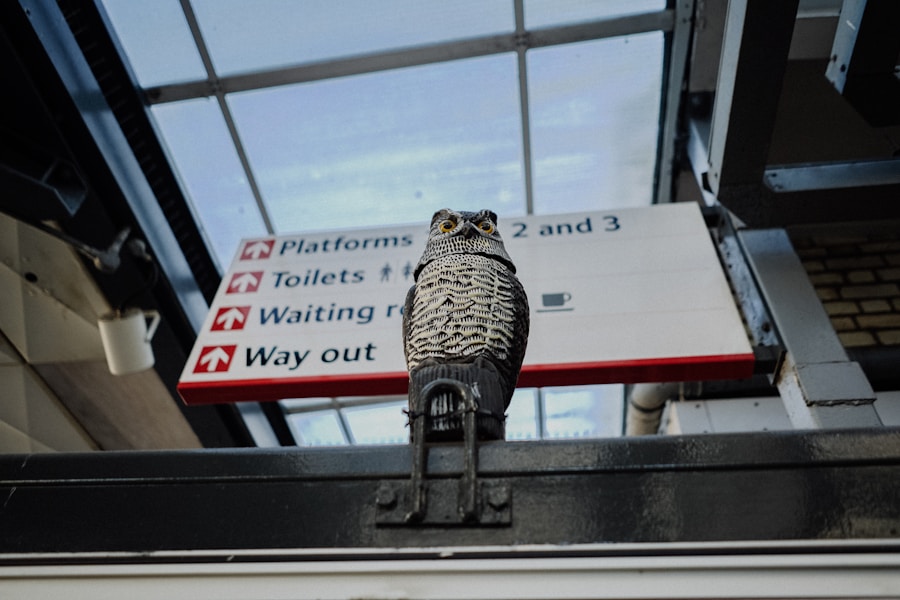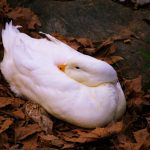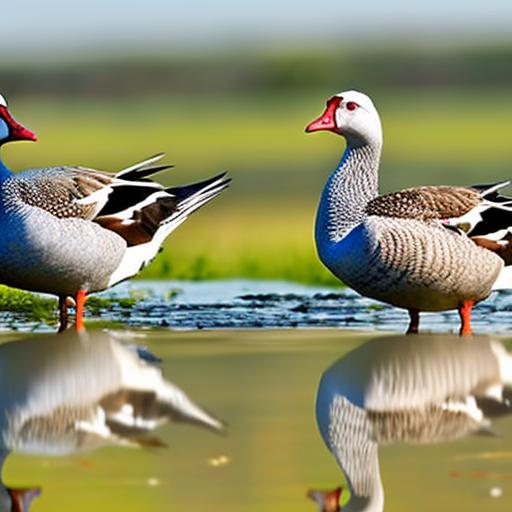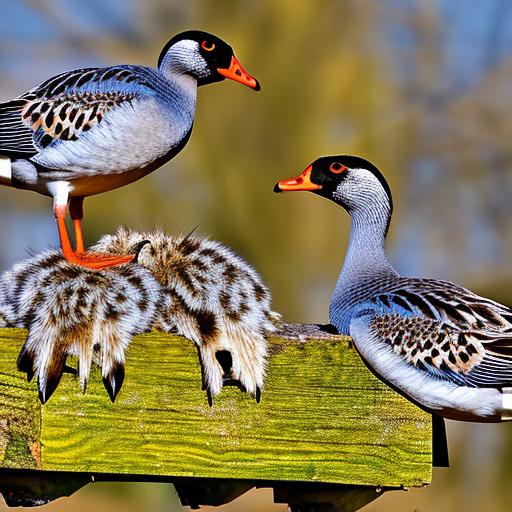Fake owls have long been used as a method of predator protection for various types of livestock, including poultry and small animals. The idea behind using fake owls is that they will deter potential predators, such as hawks and other birds of prey, from attacking the flock. The effectiveness of fake owls in predator protection, however, is a topic of debate among farmers and animal experts.
Some farmers swear by the use of fake owls, claiming that they have seen a significant decrease in predator attacks since implementing them. They believe that the presence of a fake owl in the vicinity of their flock sends a clear message to potential predators that the area is already claimed by another bird of prey. This, in turn, is said to deter predators from attempting to attack the flock. On the other hand, some farmers have reported that fake owls have had little to no effect on deterring predators. They argue that predators quickly catch on to the fact that the owl is not real and continue to attack their flock regardless.
In conclusion, the effectiveness of fake owls in predator protection is a topic that is still up for debate. While some farmers have had success with using fake owls to deter predators, others have not seen any significant change in predator behavior. It is important for farmers to consider other factors, such as the behavior of hawks and other predators, when deciding whether or not to use fake owls for predator protection.
Table of Contents
- 1 Understanding the Behavior of Hawks and Other Predators
- 2 Factors to Consider When Using Fake Owls for Predator Protection
- 3 Alternatives to Fake Owls for Protecting Your Flock
- 4 Tips for Using Fake Owls Effectively
- 5 Real-Life Experiences with Fake Owls and Predator Protection
- 6 Making Informed Decisions for Predator Protection
Understanding the Behavior of Hawks and Other Predators
In order to effectively protect their flock from predators, farmers must have a good understanding of the behavior of hawks and other predators. Hawks are known for their keen eyesight and hunting abilities, making them a significant threat to small animals and poultry. They are also known to be territorial birds, often defending their hunting grounds from other birds of prey.
Understanding the behavior of hawks and other predators can help farmers make informed decisions about how to protect their flock. For example, knowing that hawks are territorial birds may lead farmers to believe that the presence of a fake owl in the vicinity could potentially deter them from attacking the flock. However, it is also important to consider that hawks are intelligent birds and may quickly catch on to the fact that the owl is not real.
In conclusion, understanding the behavior of hawks and other predators is crucial for farmers who are looking to protect their flock from potential attacks. By having a good understanding of predator behavior, farmers can make informed decisions about whether or not to use fake owls for predator protection.
Factors to Consider When Using Fake Owls for Predator Protection
When considering using fake owls for predator protection, there are several factors that farmers should take into account. One important factor to consider is the type of predators that are common in the area. For example, if hawks are the primary threat to the flock, farmers may want to consider using fake owls as a deterrent. However, if other types of predators, such as foxes or raccoons, are more common in the area, fake owls may not be as effective.
Another factor to consider is the placement of the fake owls. It is important to strategically place the owls in areas where they will be most visible to potential predators. Placing them on a high perch or in an open area can help to maximize their effectiveness as a deterrent.
In conclusion, there are several factors that farmers should consider when using fake owls for predator protection. By taking into account the type of predators in the area and strategically placing the owls, farmers can increase their chances of effectively deterring potential attacks on their flock.
Alternatives to Fake Owls for Protecting Your Flock
While fake owls are a popular method of predator protection, there are also several alternatives that farmers can consider. One alternative is the use of scarecrows or other visual deterrents. Scarecrows can be effective at deterring predators by creating the illusion of a human presence in the area.
Another alternative is the use of sound deterrents, such as predator calls or distress calls. These types of deterrents can be effective at scaring off potential predators by creating the impression that there is danger in the area.
In conclusion, there are several alternatives to using fake owls for protecting your flock from predators. By considering these alternatives, farmers can make informed decisions about the best method of predator protection for their specific situation.
Tips for Using Fake Owls Effectively
For farmers who choose to use fake owls for predator protection, there are several tips that can help maximize their effectiveness. One tip is to regularly move the owls around the area to create the illusion of movement and prevent predators from becoming accustomed to their presence.
Another tip is to pair the fake owls with other visual deterrents, such as scarecrows or reflective tape. This can help to create a more convincing illusion of danger in the area.
In conclusion, there are several tips that farmers can use to maximize the effectiveness of fake owls for predator protection. By following these tips, farmers can increase their chances of deterring potential attacks on their flock.
Real-Life Experiences with Fake Owls and Predator Protection
Many farmers have shared their real-life experiences with using fake owls for predator protection. Some have reported significant success with using fake owls, claiming that they have seen a decrease in predator attacks since implementing them. Others, however, have not seen any significant change in predator behavior and have ultimately abandoned the use of fake owls.
In conclusion, real-life experiences with using fake owls for predator protection vary widely among farmers. While some have had success with using fake owls, others have not seen any significant change in predator behavior.
Making Informed Decisions for Predator Protection
In conclusion, the effectiveness of fake owls in predator protection is a topic that is still up for debate among farmers and animal experts. Understanding the behavior of hawks and other predators is crucial for making informed decisions about whether or not to use fake owls for predator protection. There are also several factors to consider when using fake owls, as well as alternatives and tips for maximizing their effectiveness.
Ultimately, making informed decisions about predator protection requires careful consideration of all available options and a good understanding of predator behavior. By taking these factors into account, farmers can make informed decisions about how best to protect their flock from potential attacks.
Meet Walter, the feathered-friend fanatic of Florida! Nestled in the sunshine state, Walter struts through life with his feathered companions, clucking his way to happiness. With a coop that’s fancier than a five-star hotel, he’s the Don Juan of the chicken world. When he’s not teaching his hens to do the cha-cha, you’ll find him in a heated debate with his prized rooster, Sir Clucks-a-Lot. Walter’s poultry passion is no yolk; he’s the sunny-side-up guy you never knew you needed in your flock of friends!







